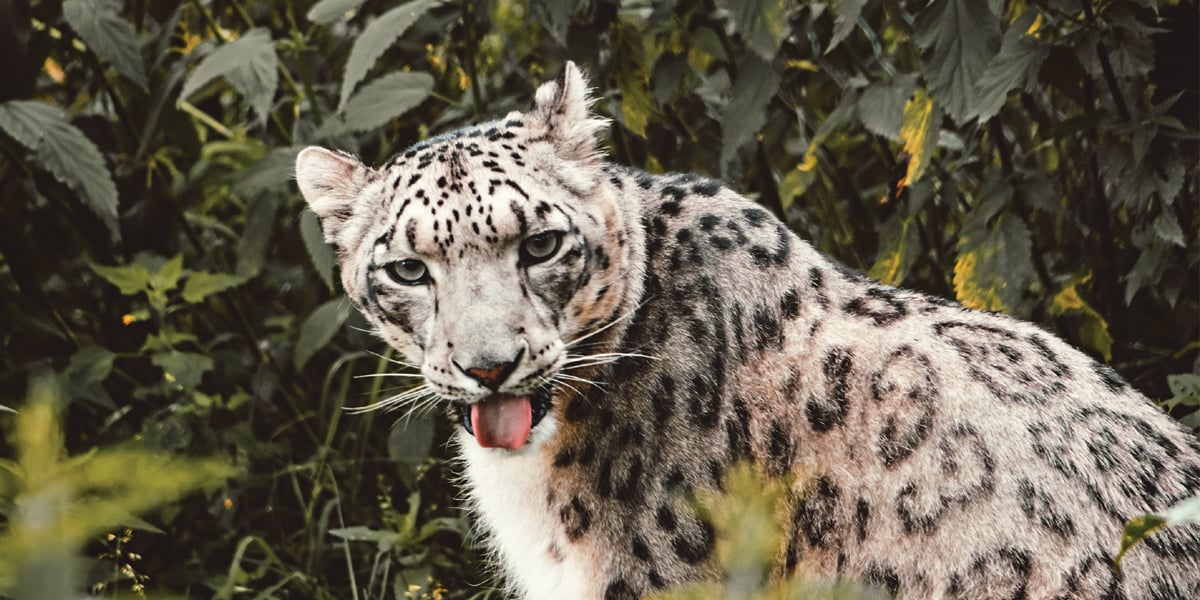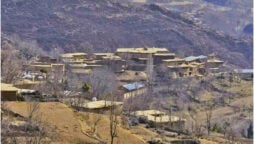Synopsis
The Leopard Preserve Zone in the Margalla Hills has proved to be a safe haven for the big cats

Forming the foothills of the Himalayas and sprawling over 17,000-hectares, the biodiversity rich Margalla Hills National Park has become a thriving habitat for the diminishing common Asian leopards.
Once the biome’s migratory species that used to descend from Galiat and Ayubia National Park during heavy snowfall in winters and return to high altitudes in summers, the wildcats have been listed as endangered by the International Union for Conservation of Nature (IUCN).
The latest picture that was captured in a camera trap of the Islamabad Wildlife Management Board has once again confirmed the presence of the species in the Margallas, though it also had its imprints in the areas a few years back.
The guardians of the national park had also initiated a study in the recent past to ascertain the habits and presence of the leopards in the Margallas — a recreational abode for the capital’s residents.
The dwellers of the twin cities of Rawalpindi and Islamabad as well as those coming from other parts of the country frequently visit Margalla Hills to enjoy their leisure time in serene environment as well as for hiking and photography.
“Margalla Hills is a unique example of a Leopard Preserve Zone near human settlement”, said Malik Amin Aslam, Special Assistant to the Prime Minister on Climate Change.
He said the Margalla Hills has always been a source of attraction for the visitors due to its rich habitat, unique biodiversity and atmosphere. “Besides flora and fauna, we also have wildlife in this national park including common Asian leopard”.
Amin Aslam said the federal government and wildlife department are vigilant of the leopard’s presence and continue efforts for its conservation.
“It is a success story of promising and dedicated conservation efforts that helped in preserving the critically endangered wildcat species”, he remarked.
The national park is home to over 600 plant species, medicinal herbs, shrubs, around 350 bird species, 300 mammals and 20 different sorts of reptiles, especially snakes. Blanketed by deep shrouds of foliage and green cover, the mesmerizing trails of the Margallas narrate the tale of biodiversity conservation, hunting, poaching of wildlife and preservation of natural heritage.
“Maintaining and protecting the Leopard Preserve Zone as an exclusive Leopard habitat lying at a close proximity of the capital city, was a herculean task”, said chairperson of the Islamabad Wildlife Management Board (IWMB) Rina Saeed Khan.
She said the ecosystem restoration as advocated by the climate change experts was a challenging task. “We fully utilized this period [lockdowns during Covid epidemic] for conservation of Margallas, and Trail-6 is now the Leopard Preserve Zone with restricted and guided mobility”, she also said. “The temporary halt of human intervention also brought a boom in the revival of other animal and plant species”.
For decades, the Margalla Hills is a repository to wild boars, monkeys, barking deer, foxes, jackals, porcupines, Kalij pheasants and numerous plant species. Now with the arrival of leopards, they are also being provided a living environment to embrace Trail-6 as their new abode.
According to the IWMB, there were two families of leopards in the Margalla Hills National Park comprising seven members. A female and two male leopards are exclusively residing in the Leopard Preserve Zone given the names of Shehzada, Shehzadi and Sultan.
“The leopard is a shy animal that avoids human encounter in wild. It is nocturnal as it sleeps at daytime and hunts or patrols in the dark”, said senior board member IWMB Dr Z.B. Mirza.
He however advised the people venturing into the Margalla Hills not to risk their lives by unnecessarily teasing these wildcats in the name of so-called adventurism and capturing their photos. “It is highly advisable to abstain from intruding into their area that may scare them resulting into deadly conflict”, he warned. A study carried out by Quaid-i-Azam University students in 2019 under the supervision of Dr Ali Nawaz had revealed leopards’ presence in Margallas also claiming that their presence was not a threat; rather it indicated a healthy ecosystem.
“The leopards have emerged as the top predator ruling the food chain of Margalla Hills National Park and their thriving number has helped in maintaining balance among various other species”, said manager operations IWMB Sakhawat Ali. “Like any head of a tribe or clan, leopard is the boss or premier of Margalla Hills”, he added.
Sakhawat said that finding the fresh pug marks of leopard most of the time near Trail-6 Office of the IWMB establishes the fact that the big cat has been strolling at a close distance during the early hours.
IWMB forest guard Asad Hayat, who used to patrol in the Leopard Preserve Zone, has claimed that he first heard a leopard’s growl from a distance of less than 50 meters and it was a very close encounter.
“We started studying the scat or droppings of leopards that revealed its prey and presence timings on the site”, he added.—APP
Catch all the Breaking News Event and Latest News Updates on The BOL News
Download The BOL News App to get the Daily News Update & Live News.












 Read the complete story text.
Read the complete story text. Listen to audio of the story.
Listen to audio of the story.